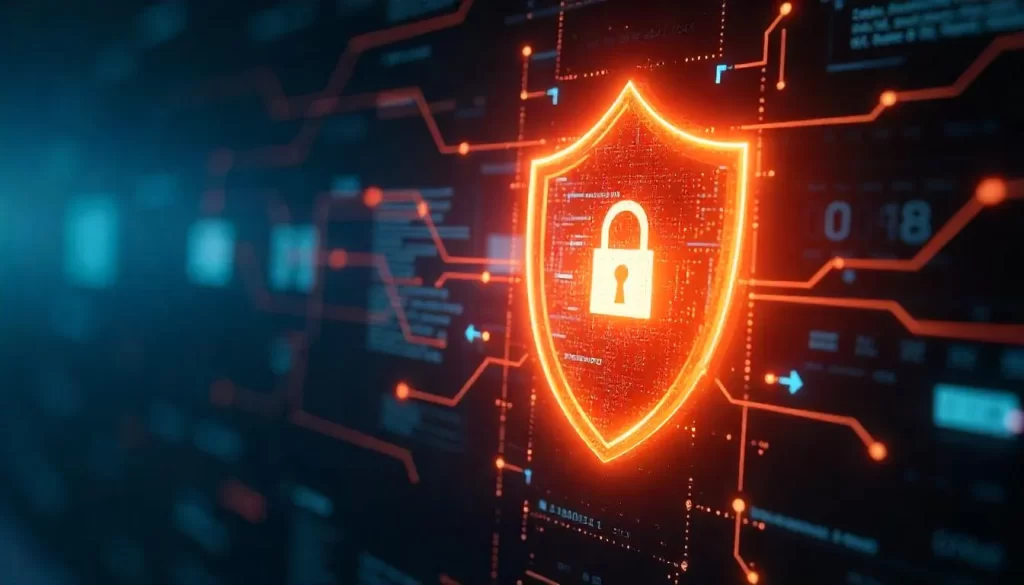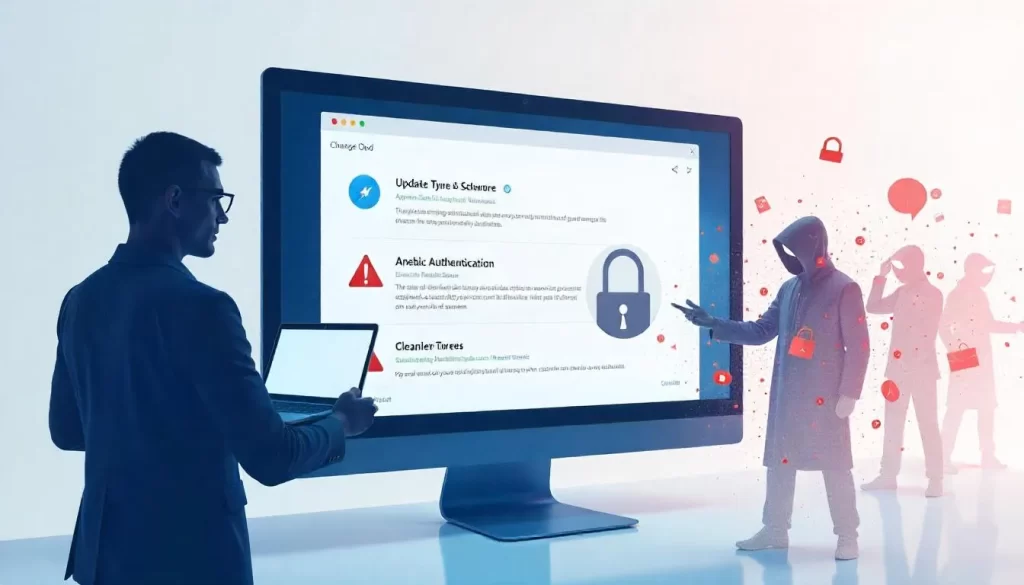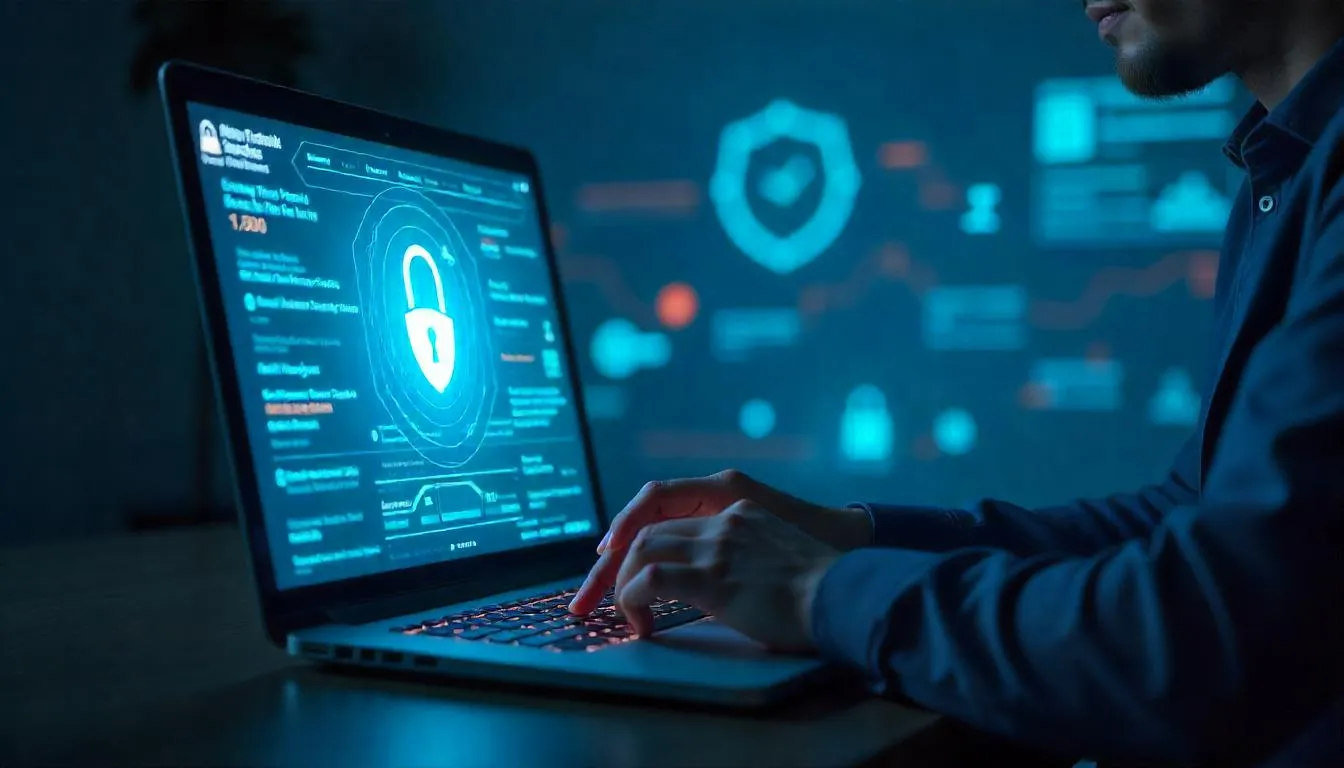In today’s digital world, keeping your online accounts safe is more important than ever. With cyber threats such as phishing, data breaches, and credential stuffing, the risk of having your accounts pwned or compromised has never been higher. Fortunately, there are simple yet effective measures you can take to protect yourself. In this post, we’ll explore best practices to safeguard your data, from using strong passwords to enabling two-factor authentication (2FA).

What Does “Pwned” Mean in Cybersecurity?
Before diving into preventive measures, it’s important to understand what it means when your account is pwned. The term “pwned” refers to the act of having your personal data, such as passwords or email addresses, compromised or exposed in a cyberattack or data breach. When an account is pwned, it means that unauthorized individuals, often cybercriminals, have gained access to your information, which can lead to identity theft, account takeovers, and other malicious activities.
Related Posts
- Behind “Have I Been Pwned”: Database and Functionality
- Impact of Pwned Passwords and Accounts
- Real-World Examples of Major Breaches Involving Pwned Data
How to Protect Yourself from Getting Pwned
Use Strong, Unique Passwords
One of the most basic and effective ways to prevent your accounts from being pwned is by using strong passwords. A strong password should be long, at least 12 characters, and include a mix of uppercase and lowercase letters, numbers, and symbols. Avoid using easily guessable information like your name, birthdate, or common words.
Enable Two-Factor Authentication (2FA)
Two-factor authentication (2FA) adds an extra layer of security to your online accounts. Even if a password is pwned, 2FA ensures that cybercriminals cannot access your accounts without the second authentication factor. This could be a code sent to your phone or an authentication app, such as Google Authenticator or Authy.
By enabling 2FA, you significantly reduce the chances of hackers successfully breaching your accounts, as they would need both your password and the second form of authentication to gain access.
Use a Password Manager
Managing multiple complex passwords can be challenging, but a password manager makes it easier. These tools store your passwords securely and generate strong passwords for each of your online accounts. By using a password manager, you can ensure that you’re not reusing passwords across sites, reducing the risk of a pwned password leading to multiple compromised accounts.
Many password managers also come with built-in password encryption, ensuring that even if the service is hacked, your data remains protected.

Best Practices for Data Protection
Regularly Update Your Passwords
Changing your passwords regularly is another important step in maintaining data protection. Even if you haven’t experienced a breach yet, updating passwords periodically ensures that if your data is exposed in the future, it will be less likely to cause harm.
Monitor Your Accounts for Suspicious Activity
Regularly review your online accounts, especially banking, email, and social media, for any suspicious activity. If you notice unauthorized logins or changes to account settings, take immediate action to reset your password and enable 2FA.
Additionally, some services offer data breach notifications, alerting you if your email or password has been exposed to a data leak.
Beware of Phishing Scams
Phishing is a tactic used by cybercriminals to trick you into giving up personal information, such as your password or credit card details. Phishing attempts often come in the form of emails, text messages, or phone calls that appear to be from legitimate companies. Always verify the sender before clicking on links or entering sensitive information.
Cyber Hygiene – Key to Protecting Your Personal Data
Practice Good Cyber Hygiene
Cyber hygiene refers to the daily practices and habits that help maintain digital security. This includes using strong passwords, being cautious with sharing personal information, avoiding suspicious emails or websites, and ensuring your devices have up-to-date security software.
Maintaining good cyber hygiene reduces the risk of falling victim to a cyberattack and helps protect your data from being compromised.
Encrypt Your Data
Data encryption is a technique used to secure your personal information by converting it into a format that cannot be read without the correct decryption key. Many services offer encryption for sensitive data, including email providers, cloud storage services, and messaging apps. When possible, choose services that offer encryption to ensure that your data remains protected.
Summary – Securing Your Digital Life
The risk of having your online accounts pwned is ever-present, but by following best practices like using strong passwords, enabling two-factor authentication, and practicing good cyber hygiene, you can significantly reduce the chances of becoming a victim of cybercrime. Regularly updating your passwords, using a password manager, and staying vigilant about suspicious activity are all essential steps in safeguarding your personal data.
Key Takeaways
- Strong passwords and two-factor authentication (2FA) are key to preventing pwned passwords.
- Use a password manager to generate and securely store complex passwords.
- Cyber hygiene, including regular password updates and monitoring for suspicious activity, helps ensure data protection.
Related Posts
- The Role of Pwned Passwords in Cybersecurity
- Risks and Precautions for Pwned Email Addresses
- How Cybercriminals Exploit Pwned Data
Frequently Asked Questions (FAQs)
What is a “pwned” password?
A “pwned” password is one that has been exposed in a data breach or cyberattack, leaving it vulnerable to exploitation.
How can I protect my accounts from getting pwned?
Use strong passwords, enable two-factor authentication (2FA), and regularly monitor your accounts for suspicious activity. A password manager can help you manage secure passwords.
Why is two-factor authentication important?
Two-factor authentication (2FA) provides an additional layer of security, making it more difficult for attackers to gain access to your accounts, even if they have your password.
What is cyber hygiene, and how does it protect my data?
Cyber hygiene involves following best practices to protect your personal information online, including using strong passwords, updating passwords regularly, and being cautious with personal data.
